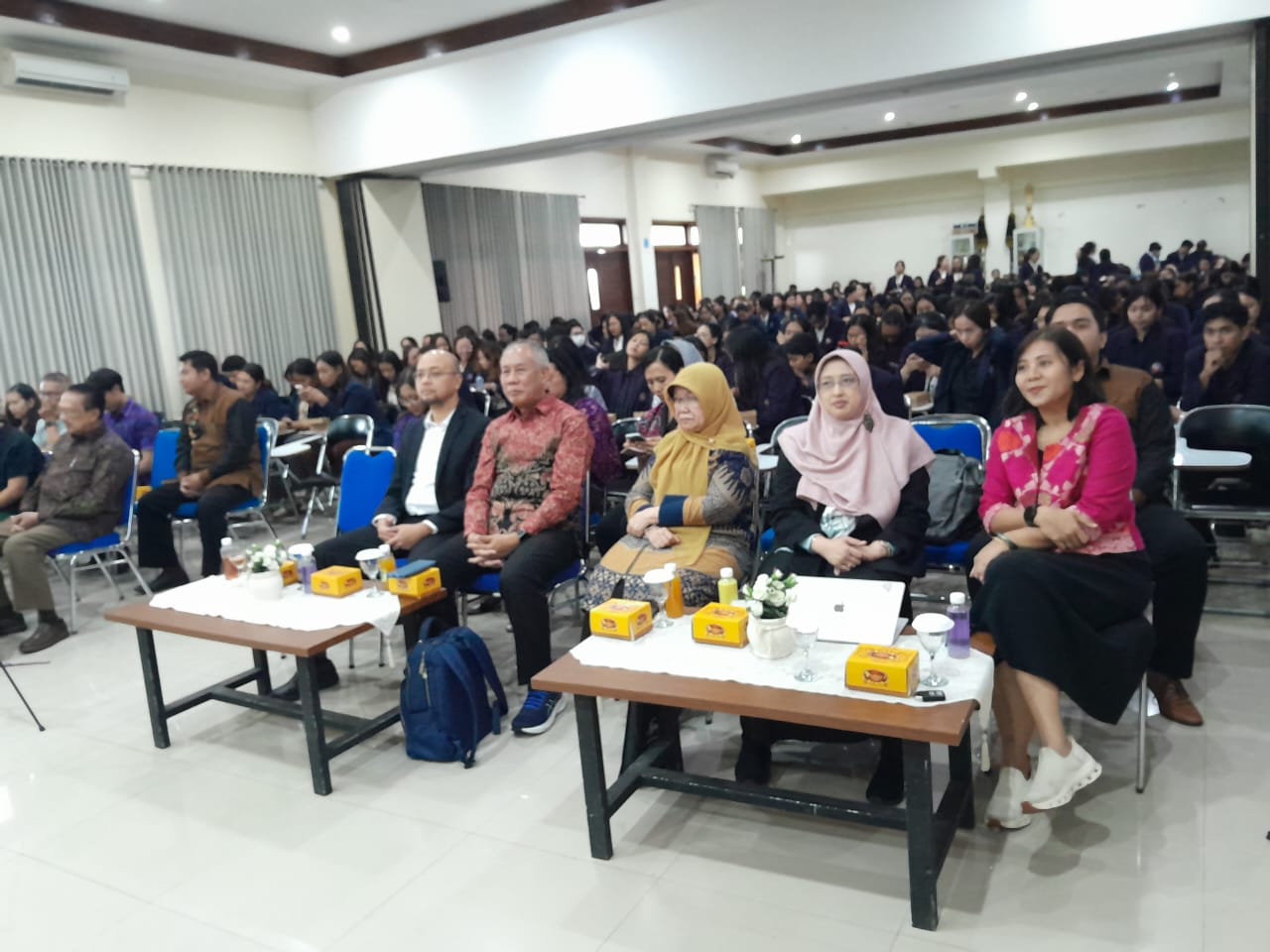PEMODELAN IN SILICO DAN PENGEMBANGAN NANOSTRUCTURED LIPID CARRIER KOENZIM Q10 SECARA IN VITRO DAN IN VIVO PADA SISTEM PENGHANTARAN KOSMETIK
Molecular Modeling In Silico and Development of Coenzyme Q10 Nanostructured Lipid Carriers (NLC) In Vitro and In Vivo on Cosmetics Delivery System
 The development of coenzyme Q10 nanostructured lipid carriers (NLCs) was carried out by molecular modeling in silico, followed by in vitro and in vivo studies. Coenzyme Q10 is a lipophilic antioxidant, so the penetration into the skin is low. The limitation is overcome by NLCs. The molecular modeling in silico was conducted by AutoDock Vina. The optimized coenzyme Q10 NLCs were developed using tristearin (F1), stearic acid (F2), myristic acid (F3), and stearyl alcohol (F4) as solid lipids, as well as isopropyl palmitate as liquid lipid. They were evaluated on physicochemical characteristics and the rats' skin penetration in vivo. Furthermore, the physical and chemical (pH) stabilities were evaluated by the accelerated stability method at a temperature of 40°C ± 2°C with a relative humidity of 75% ± 5% for 3 months. The research could be concluded that the coenzyme Q10 NLC (F1), (F2), (F3), and (F4) had proper physicochemical characteristics and skin penetration as cosmetics delivery systems. The coenzyme Q10 NLC (F2) and (F3) had optimal physical and chemical (pH) stabilities. There were linear correlations between the ΔGbind coenzyme Q10-lipids in silico with the entrapment efficiency and drug loading of the coenzyme Q10 NLCs. There were no linear correlations between the ΔGbind coenzyme Q10-lipids in silico with the release rate constant in vitro and the skin penetration in rats of the coenzyme Q10 NLCs in vivo.
The development of coenzyme Q10 nanostructured lipid carriers (NLCs) was carried out by molecular modeling in silico, followed by in vitro and in vivo studies. Coenzyme Q10 is a lipophilic antioxidant, so the penetration into the skin is low. The limitation is overcome by NLCs. The molecular modeling in silico was conducted by AutoDock Vina. The optimized coenzyme Q10 NLCs were developed using tristearin (F1), stearic acid (F2), myristic acid (F3), and stearyl alcohol (F4) as solid lipids, as well as isopropyl palmitate as liquid lipid. They were evaluated on physicochemical characteristics and the rats' skin penetration in vivo. Furthermore, the physical and chemical (pH) stabilities were evaluated by the accelerated stability method at a temperature of 40°C ± 2°C with a relative humidity of 75% ± 5% for 3 months. The research could be concluded that the coenzyme Q10 NLC (F1), (F2), (F3), and (F4) had proper physicochemical characteristics and skin penetration as cosmetics delivery systems. The coenzyme Q10 NLC (F2) and (F3) had optimal physical and chemical (pH) stabilities. There were linear correlations between the ΔGbind coenzyme Q10-lipids in silico with the entrapment efficiency and drug loading of the coenzyme Q10 NLCs. There were no linear correlations between the ΔGbind coenzyme Q10-lipids in silico with the release rate constant in vitro and the skin penetration in rats of the coenzyme Q10 NLCs in vivo.
Keywords: Coenzyme Q10, cosmetics delivery system, nanostructured lipid carriers, in silico, in vitro, in vivo








